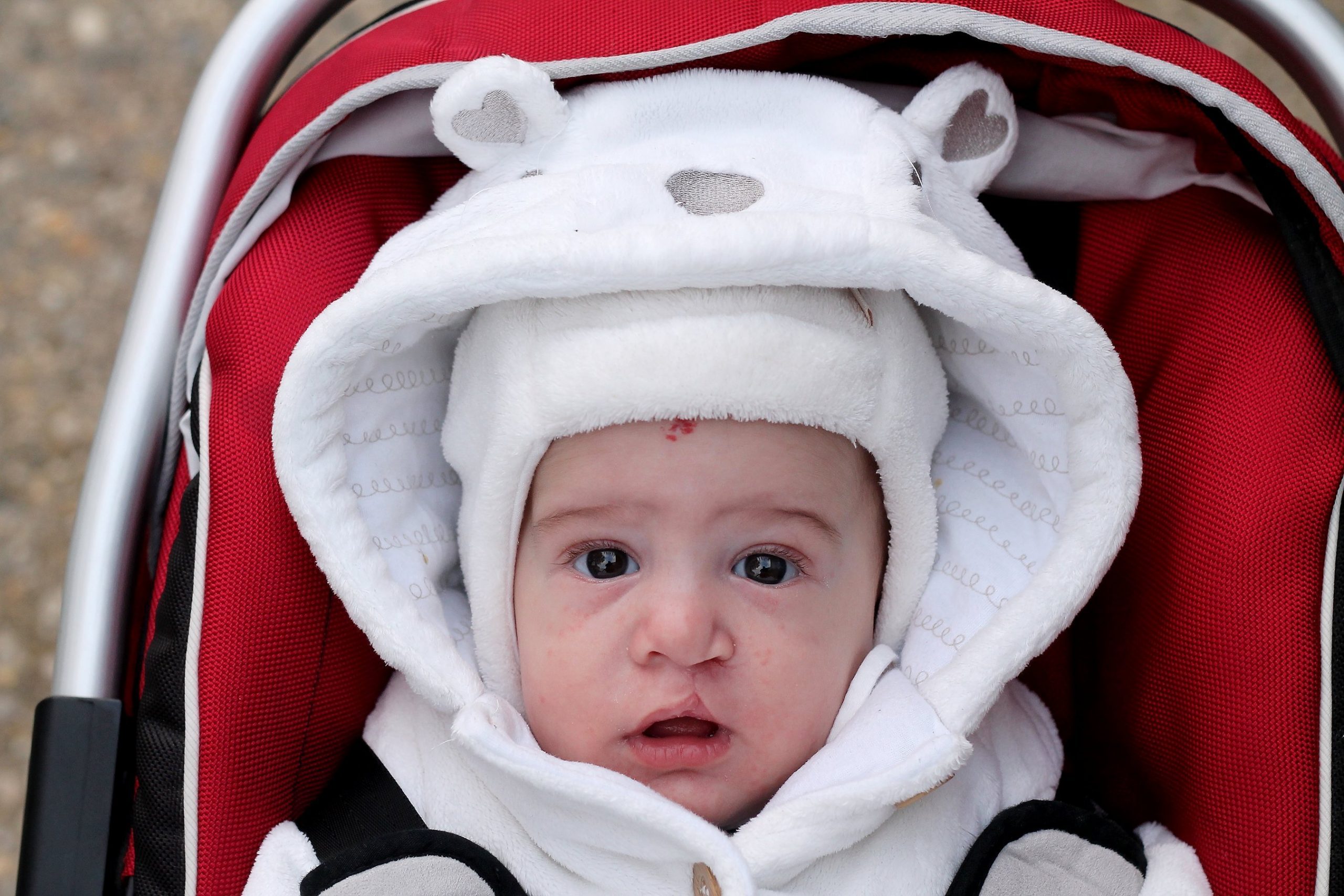Thanks to the development in technology, diagnosis of a baby born with cleft lip/palate can be done at an early stage during pregnancy. This is an important factor in preparing the child’s family to receive their newborn and how to deal with him/herself from a psychosocial point of view and be fully informed of the chronological sequence of treatment protocols.

An orofacial (or-oh-FAY-shul) cleft is when a baby is born with an opening in the lip and/or roof of the mouth (palate). Cleft lip and cleft palate are one of the most common birth defects. Both cleft lip and cleft palate are treatable. Most kids can have surgery to repair them within the first year or two of life.
How do clefts of the lip/palate happen?
During the first 6 to 10 weeks of pregnancy, the bones and tissues of the baby’s upper jaw, nose, and mouth normally come together (fuse) to form the roof of the lip and mouth do not completely fuse together. A cleft lip may just look like a small opening on the edge of the lip, or it could extend into the nose. It may also extend into the gums.
A cleft palate can vary in size. It could affect just the soft palate, which is near the back of the throat, or it also could make a hole in the hard palate toward the front of the mouth
Most clefts fit into one of three categories:
Cleft lip by itself—most common in boys.
Cleft palate by itself—most common in girls.
Cleft lip and cleft palate together are more common in boys.
Children with a cleft lip or palate may need several treatments and assessments as they grow up.
The cleft is usually treated with surgery. Other treatments, such as speech therapy or dental care, may be needed for associated symptoms. Your child will be cared for by a specialist multidisciplinary cleft team.
Children with clefts will have a care plan tailored to meet their individual needs.
The timetable for treatment of cleft lip and palate is
Surgery to repair a cleft lip
Surgery to repair a cleft palate
Speech Assessment
Bone graft to a cleft in the gum area
Orthodontic treatment and monitoring jaw grow
Your child will also need to attend regular outpatient appointments at the cleft clinic so their condition can be monitored closely and any problems can be dealt with. These will usually be recommended until they’re around 21 years of age, when they’re likely to have stopped growing.





